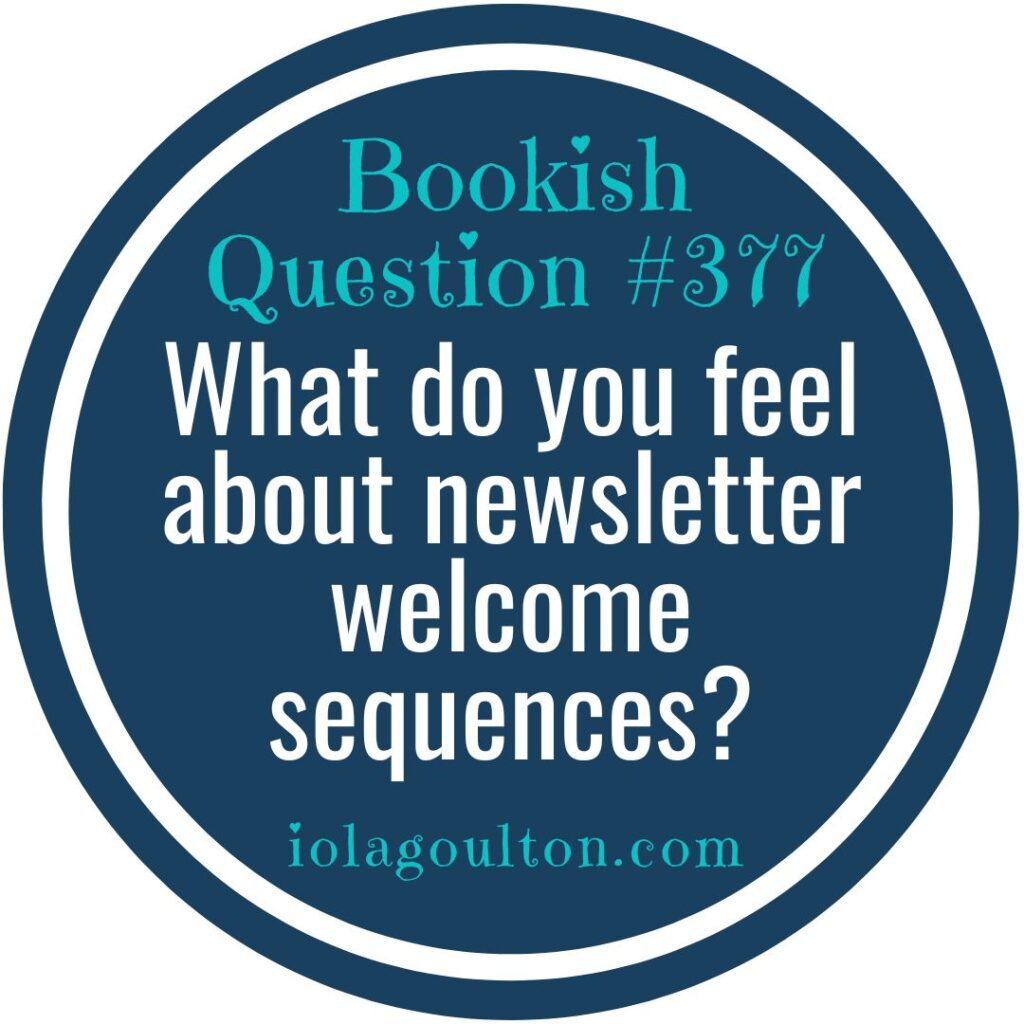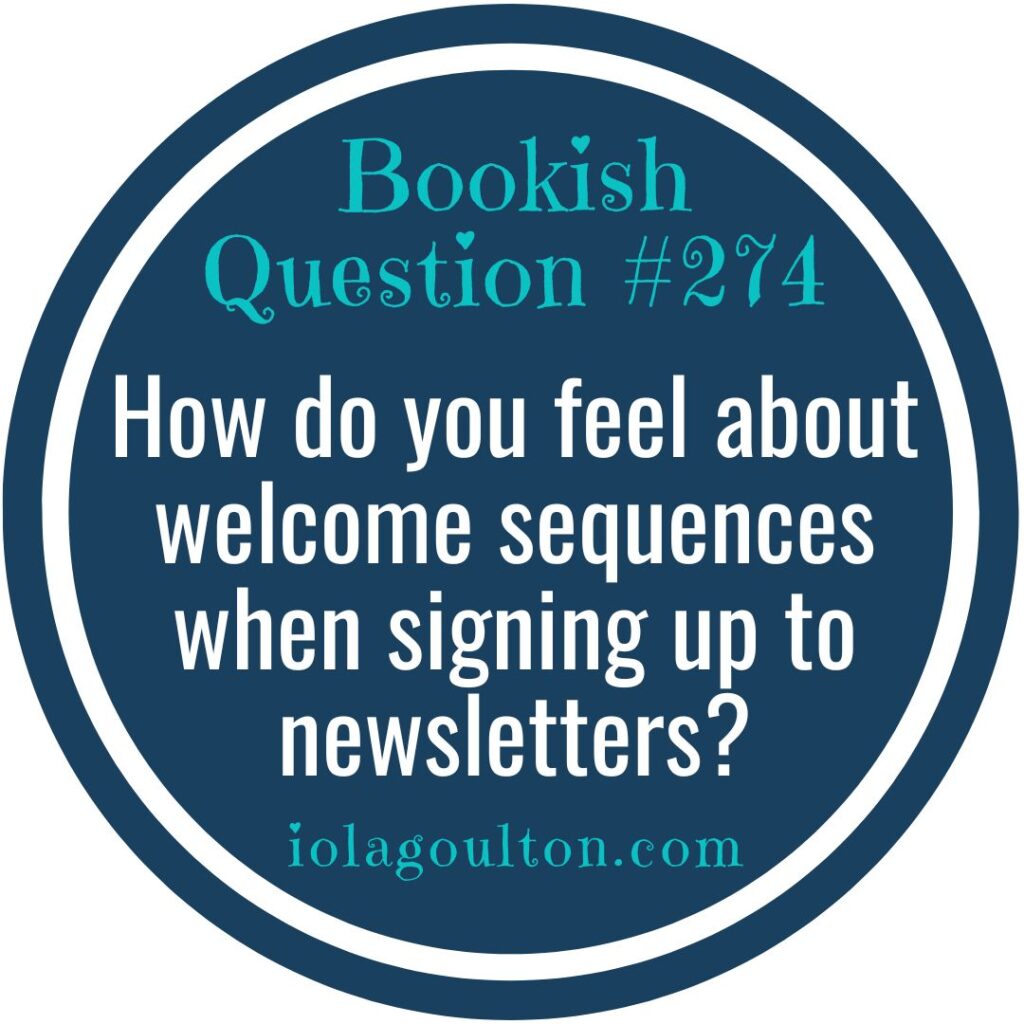How do you feel about the welcome sequence for author newsletters?
It depends …
Last week, we talked about reader magnets – the free book many authors offer to encourage people to sign up for their email newsletter.
That freebie is typically delivered as part of a series of emails intended to introduce the author and their books. This is called the welcome sequence.
Some are short, only one or two emails. Some feel as though they are never-ending. Some come once a week. Some come once a day (I’m not so much a fan of those).
Some showcase all the books or series by that author. Some offer even more free books (sometimes including the one I’ve already downloaded and read, which can be a little confusing).
Some ask questions. Some jump straight into trying to sell you their next book (which I don’t mind, given that’s the purpose of an author newsletter) or their training course or (worse) tries to get you to upgrade to a paid newsletter. I have no objection to paid newsletters from nonfiction authors who are providing valuable advice in their area of expertise, but I don’t understand what a fiction author would be offering. Writing advice, perhaps?
On that basis, my preferred newsletter welcome sequence is a relatively short series of relatively short emails: say, 3 to 6 emails that take no longer than a couple of minutes to read.


